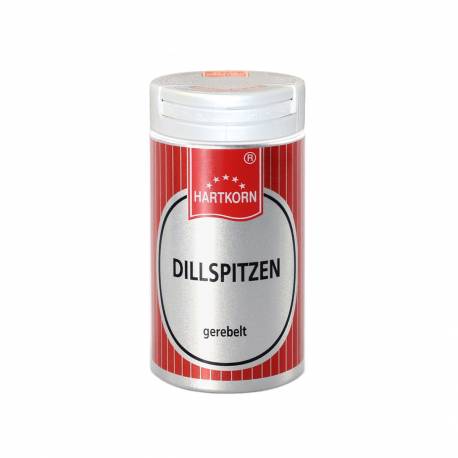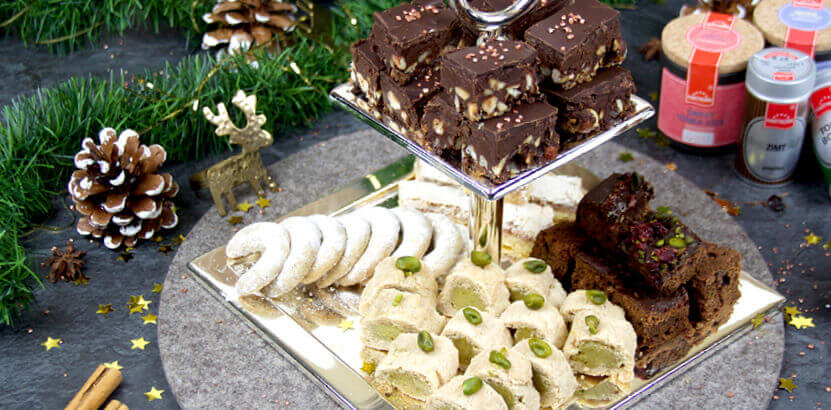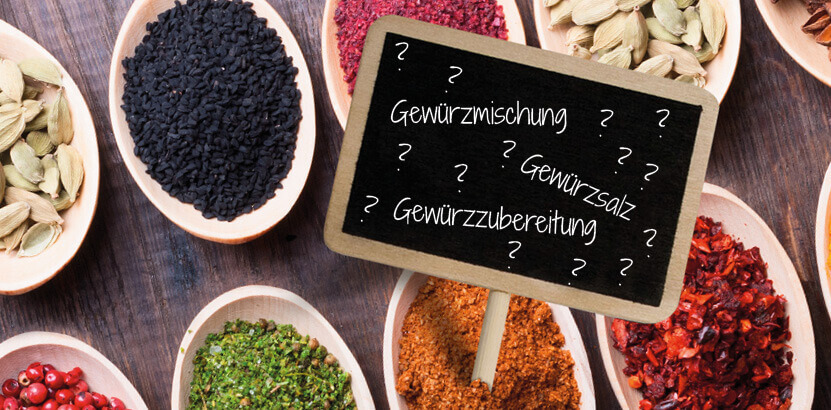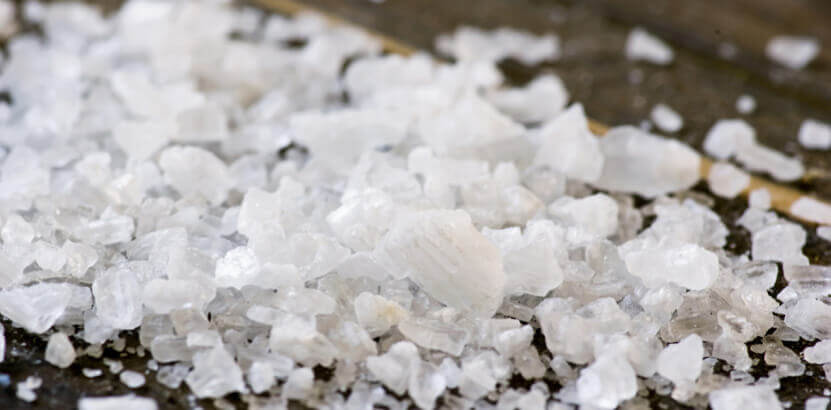use: The aroma and taste of the spicy herb is pleasantly aromatic and particularly characteristic. In the kitchen the fresh young herb, the dill seed, or the whole plant is used as a spice for soups, sauces, salads, fish dishes, crabs and for preserving cucumbers. Dill is also sold dried, as "dill tips" from finely chopped, dried young shoots and leaves or as "dill herb" from the dark green, adult plants with a small proportion of leaf sheaths of young dill. Dill is especially indispensable in the Nordic kitchen. Graved salmon, which is particularly well known in Sweden, is mainly seasoned with dill. tip: Recipe suggestion: knowledge: Botany: history: Dill tips
Salads, sauces based on oil, yoghurt or quark, spreads as spiced butter, fish and meat dishes, pickled vegetables e.g. cucumbers
Because of the rapid loss of aroma, do not cook or cook only briefly
Finnish fish soup: 250 g potatoes diced and half cooked. Bone 750 g fish (cod, eel, mackerel, pike, pollack), cut into pieces and place on the potatoes. Cook together at low heat until done. Whisk 1/2 l milk with 2 tbsp. flour and add to the soup and bring to the boil. Simmer for 8 minutes. Refine with 3 tablespoons chopped dill. Add salt if necessary.
botany: Anise, caraway, cumin, fennel and dill belong to the same plant family and are very similar in many ways
The annual, not very demanding umbellifer grows over 100 cm high. Its finely grooved and hollow stem is bluishly tipped and carries three to four times pinnate thin leaves. The upper leaves are less richly jointed than the lower ones and end in very thin, filamentous leaf tips. The yellow flower umbel of the dill develops into ovoid fruits, which disintegrate into two subfruits.
In every herb garden, dill is grown for mainly domestic needs and is thus available for almost the entire summer season. If it is cultivated in fields, the harvest is waited until shortly before or during the flowering period in order to use the strongest seasoning power at that time. Then the whole herb is cut. A later harvest at full ripeness is preferred if dill seed is to be obtained.
Dill is known since prehistoric times. The Egyptians valued it as much as the Greeks and Romans. Since ancient times, it has been considered a versatile medicinal plant in addition to its use as a spice. In the Papyrus Ebers it is mentioned by name as a medicinal plant.
http://de.wikipedia.org/wiki/Dill_(Pflanze)








